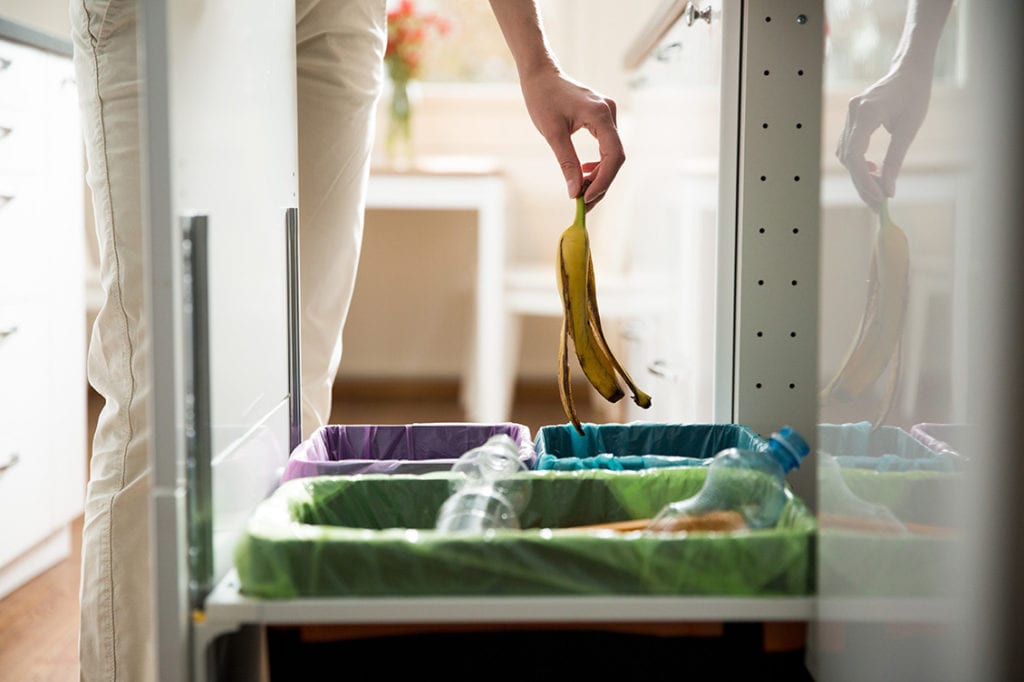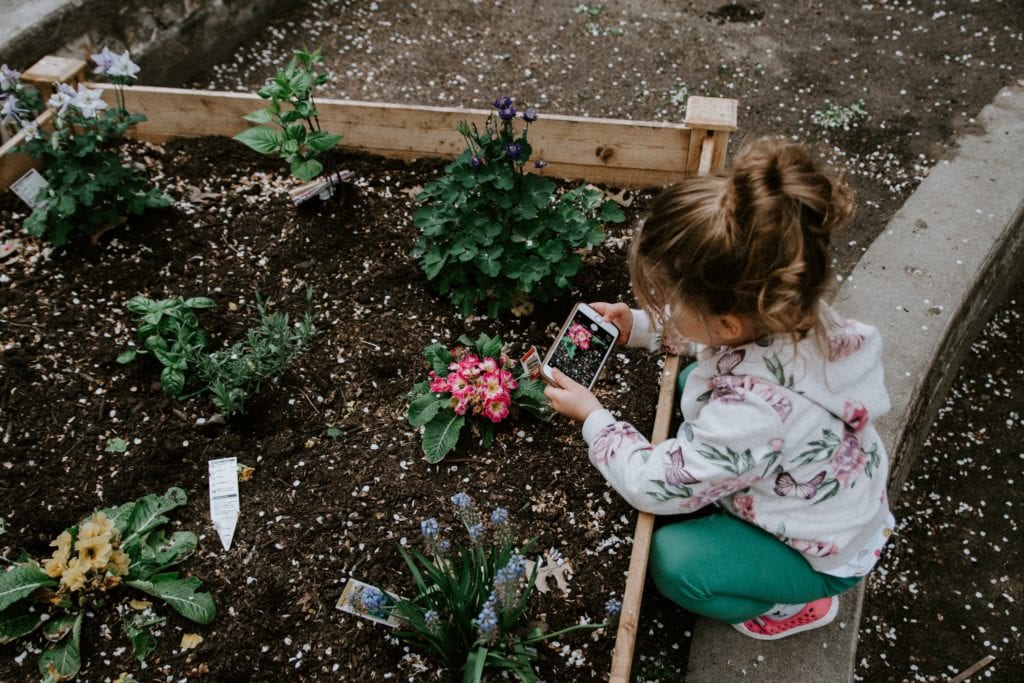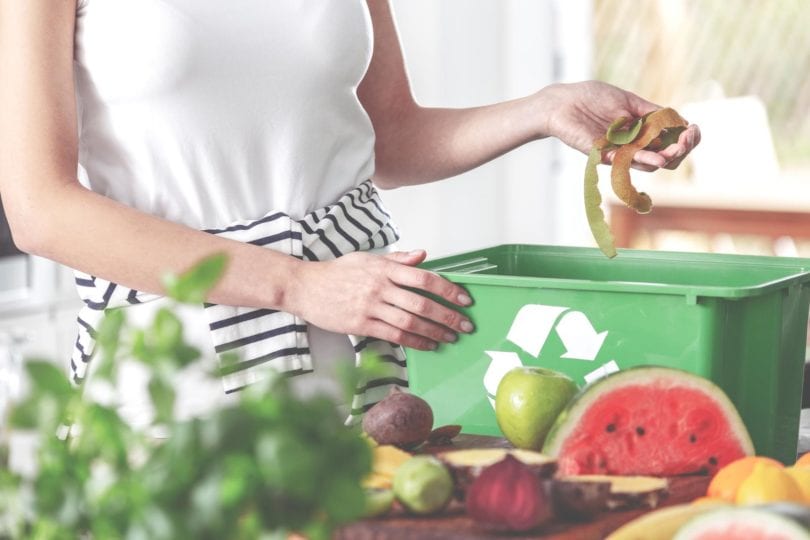There are so many benefits of composting and doing it at home. Firstly, composting reduces waste – it’s said that 25-50% of household waste is organic (food scraps or yard waste, for example) and all of this material is crowding the landfills – and creating methane gas – when it could be put to good use! Compost bins are a gift that keeps on giving, as the scraps of the food you eat will be transformed into nutrient-rich soil for use in your own garden or one in your community. You’ll also be making a lot of worms and bugs very happy by feeding them your leftovers!
Composting isn’t just for those in a house with a yard – if you’re in an apartment and without a garden in need of compost, check around your neighborhood for a community garden or a drop off point.
Interested in starting a compost bin, but not sure where to start? Read on for some tips.
Read up
It’s a good idea to start by familiarizing yourself with what can and can’t go in your bin once you get it started. Generally speaking, your fruit and vegetable waste will be welcome in the bin. Don’t include meat, bones, dairy, or fish. Also avoid too many citruses, as well as things such as banana peels and orange rinds which may contain pesticides. If you’re creating compost for a food crop, don’t put animal waste in the bin. Yard waste can be added to the bin, but if you have a diseased plant, it’s best to dispose of it somewhere else.

Find a spot
Depending on your living situation, the spot (and type of bin) can vary based on the space you have available.
Composting in an apartment? If you have little or no outdoor space, a worm bin is a great solution. These are fairly self-contained and can be placed in a corner of laundry or bathroom, or on a small patio as they don’t take up much space.
Composting in a home? If you have a yard or acreage, start an enclosed bin or a compost tumbler. These are great options for a corner of the yard, and you likely will see the fruits of your labor (maybe even literally?) bypassing the compost to the plants on your own property.
Collect the necessities
Self-contained bins for urban spaces are a bit more cut and dried when it comes to setting them up. The kits for worm bins are typically self-explanatory and tend to come with all you need to get started (worms typically sold separately, though!). So here is a list for those starting a DIY garden and compost bin at home, with some space outside to get it established:
A large plastic bin or trash can with a lid will work as a starting point. Grab a drill and put some holes in the bottom, as the compost needs to aerate.
Take the bin to the location you would like to compost, and line the bottom with brown leaves.
Then, start adding your scraps! It’s a good idea to layer your compost between dry and moist materials, at least to start.
Some great contributors to a rich compost are:
- Weeds and garden waste
- Coffee grounds and tea leaves
- Fruit and vegetable scraps (though avoid adding a lot of citruses)
- Eggshells
- Newspaper
Be sure to keep the compost covered, and turn the pile every few weeks to keep it oxygenated.

Be patient
It can take a while for the ecosystem of your compost bin to really begin to thrive. Be patient and keep contributing material and attention to the bin, and you will start to see the soil-forming in a matter of weeks. Composting is a great activity to get the kids involved in, too. Composting with kids gives them a better understanding of the biological ecosystem where food and plants come from, a connection to nature, and may even help keep you most excited about the progress of your bin when they are curious about the process along the way.
For more eco-friendly ideas, check out this post about green moving tips. Happy Composting!








